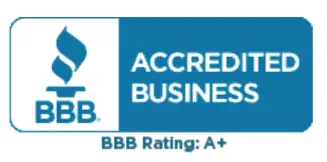Change Location
Set Price Drop Alert for:
PROMETHAZINE HCL (Generic for PHENERGAN)
- QTY 30
- 25 MG
- Tablet
What does Supply mean?
If your selected quantity is intended to last longer than one month, please recheck the price using the 3-months supply option. In some cases, the estimated drug price may vary depending on the supply duration.
More Ways to Save On:
PROMETHAZINE HCL (Generic for PHENERGAN)
- QTY 30
- 25 MG
- Tablet
You may find alternative ways to save with this medication. Talk to your pharmacist about the potential option(s) noted below.
Pill Splitting
Change Form
Medicine Chest

